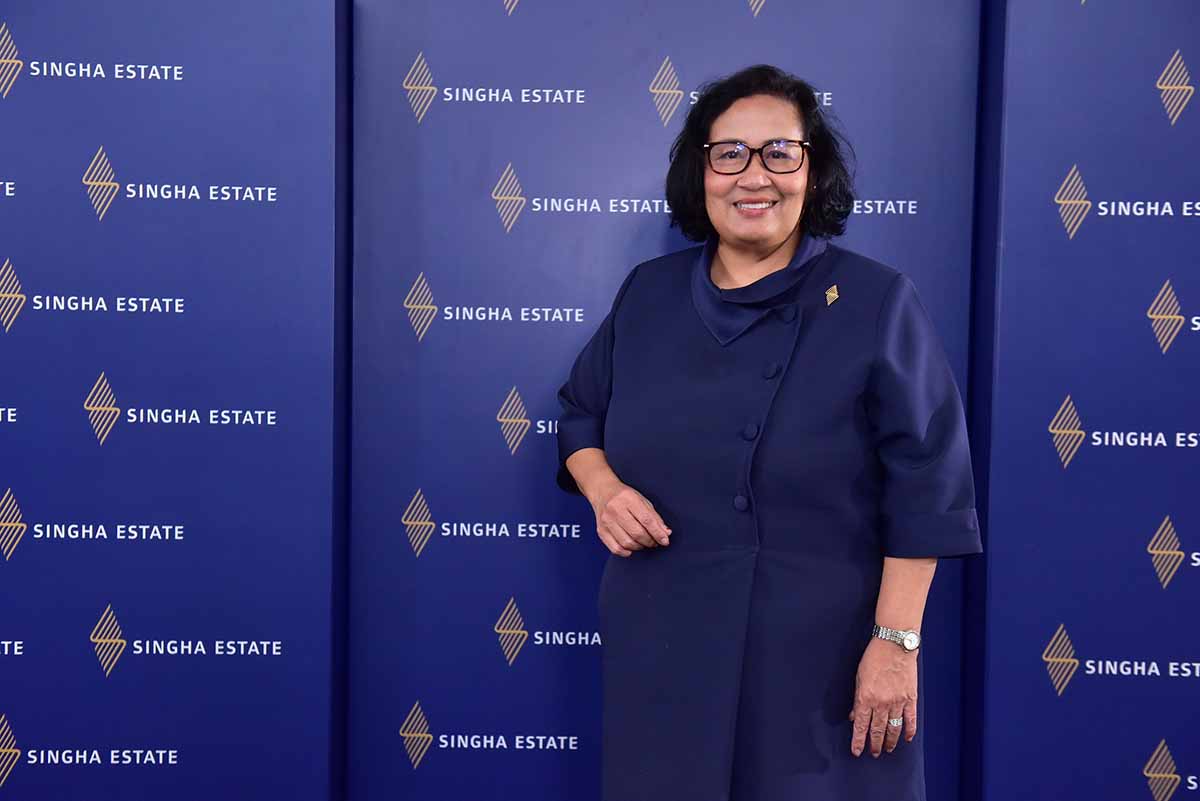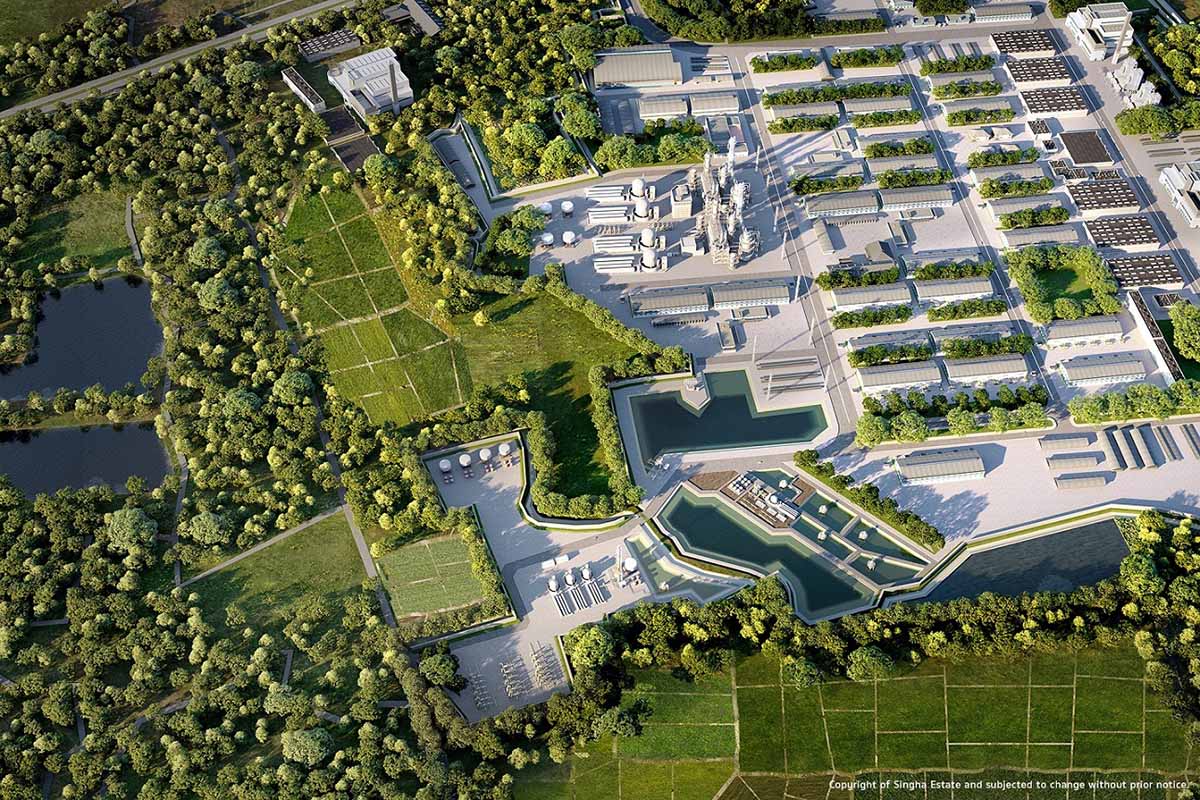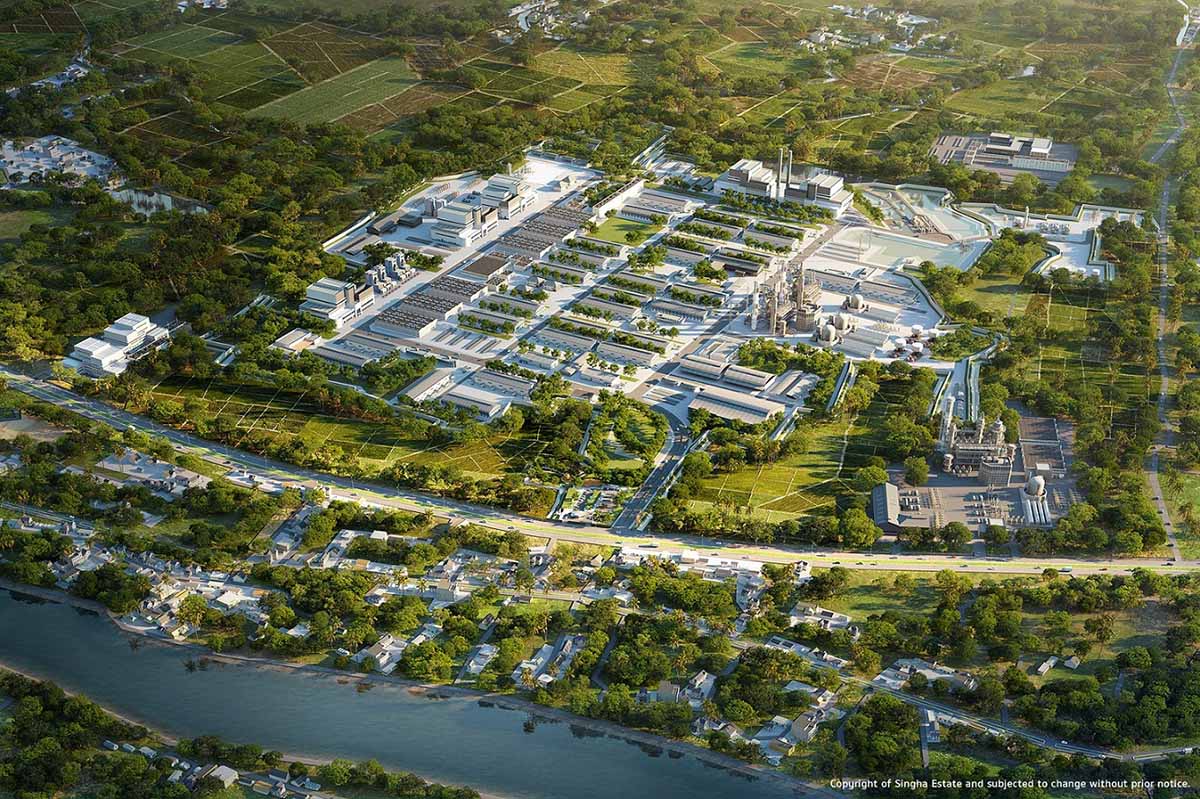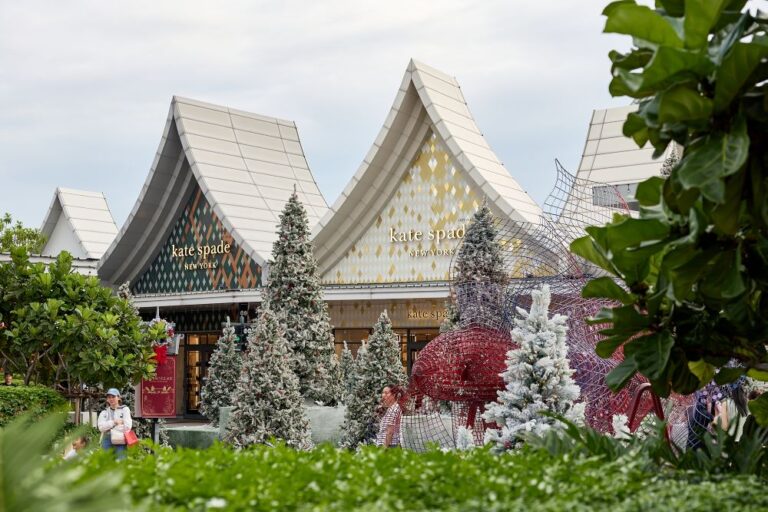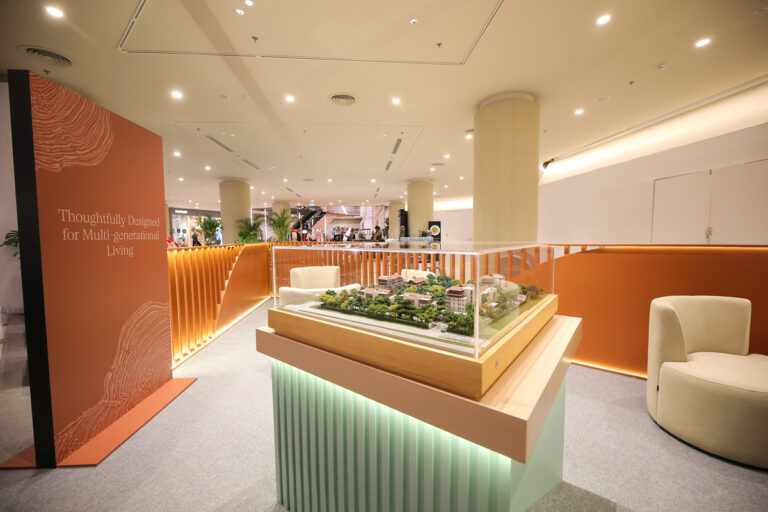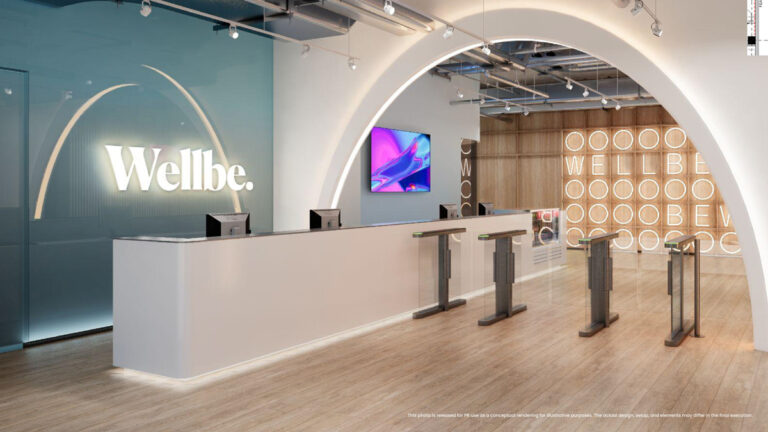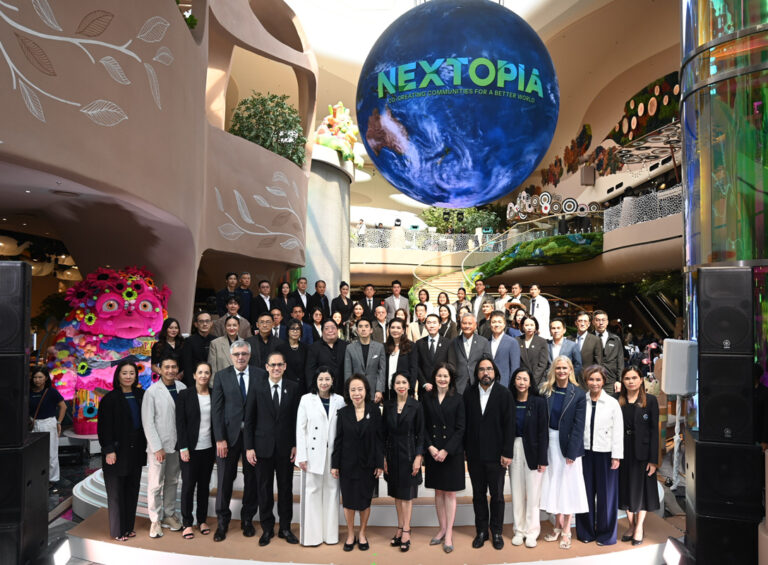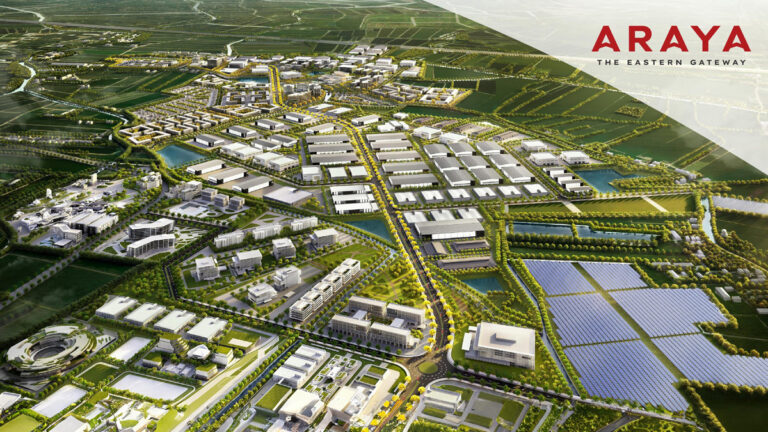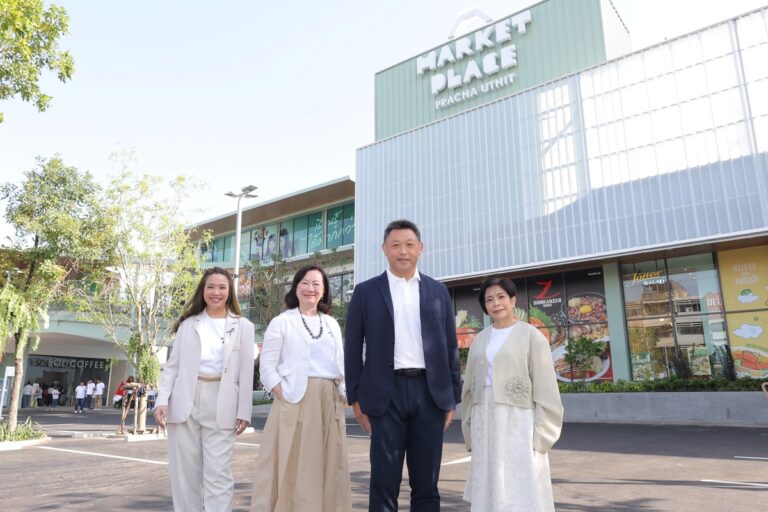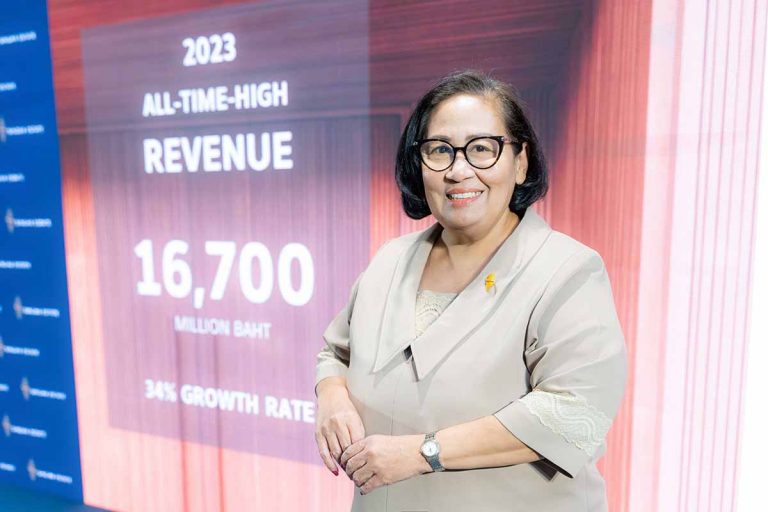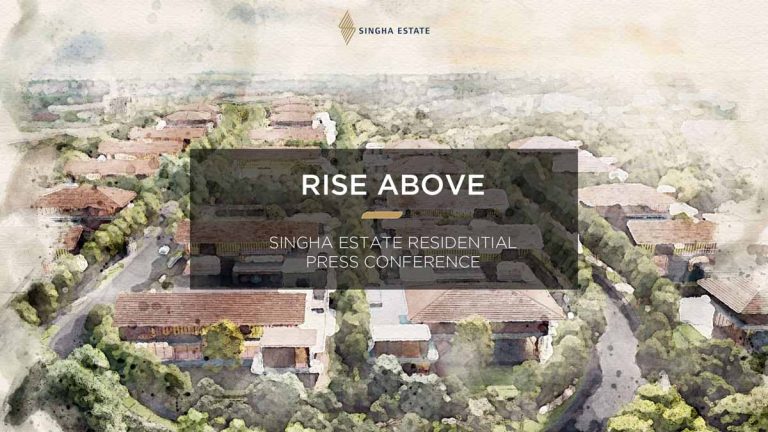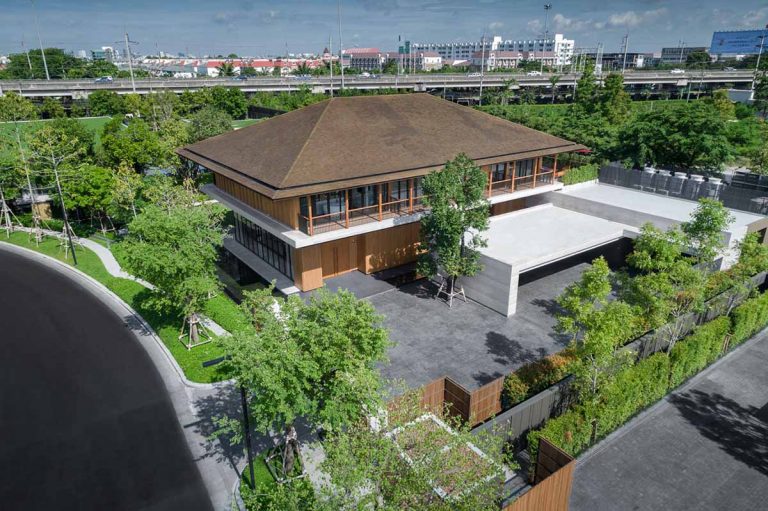Singha Estate unveils eco-industrial estate masterplan, ‘S Angthong’ With ‘World Food Valley’, the special zone for food and related businesses
Singha Estate Public Company Limited launches ‘S Angthong’ the company’s eco-industrial estate project for food and related businesses. The project is set out to be World Food Valley, coinciding with the company’s vision on sustainable development, ‘Enriching Tomorrow,’ where shared values and sustainability are created for all through the circular economy and businesses that are beneficial to the environment, the community, and the society. The project is expected to recognize its first stream of revenue within this year; while the project is expected to be sold out within six years, generating over THB4,700 million, as well as recurring income up to another 150% in the long run.
Mrs. Thitima Rungkwansiriroj, Chief Executive Officer of Singha Estate Plc, or “S”, said, “the company has operated the real estate development business since 2014 and has continued to grow consistently through the business diversification and integration strategy across the four core business portfolios. As a result, Singha Estate has been able to generate consistent returns. Currently, the company operates four core businesses both in the domestic and international markets, which are the residential business, hospitality business, commercial business, and our latest investment, industrial estate, and infrastructure business.
Singha Estate’s industrial estate and infrastructure business comprises three parts:
1) Infrastructure business: Covering power generation business, energy, engineering services, service providing, and innovation-related businesses.
2) Power plant business: Under a joint-venture deal, Singha Estate will operate three power plants with more than 400 MW capacity, with licensing 270 MW, or around 70% being under the 25-year-term power purchase agreement with the Electricity Generating Authority (EGAT). The company will recognize the revenue through profit-sharing with a business partner.
3) Industrial estate business: Build industrial estate that generates sustainable growth for the customers, the community, and the society at large, and uplifts the economic capability
Mrs. Thitima added further regarding the eco-industrial estate that Thailand is now able to turn a COVID crisis into an opportunity as the whole world is coping with the food crisis. Under the support of the Ministry of Industry, Thailand has become among the top ten food exporters o the world,
At the moment, What Thailand needs is an industrial estate specially designed to support food manufacturing as well as its related businesses. Singha Estate has foreseen such an opportunity and decided to enter the industrial estate business. We also foresee Angthong as the strategic location, considering that it is the central connecting point between Thailand’s food and crucial ingredients, which will help the logistics of the food and ingredients from the northern and the upper central parts of Thailand to the distribution centers across the country. Moreover, Angthong is equipped with potential facilities from hospitals, schools, and shopping centers, as well as skilled labor force to fill up the demands of manufacturers.
As for the development directions of the S Angthong industrial estate project, Mr. Kamjorn Leepraphankul Managing Director of S. IF. Co., Ltd., added, “The project is designed to respond to the needs of the food manufacturing and its related businesses. Located on the 1,776-rai area along the Asian Highway KM 63, Chaiyaphum sub-district, Chaiyo district, Angthong province, the industrial estate is an hour and a half away from the main airport and logistics seaports. It also provides adequate, stable, and environmentally friendly basic public utility system structures, especially the three co-generation power plants with a total capacity of 400 megawatts, and a 22-kV and 115-kV power supply system that can accommodate entrepreneurs with high power demand and high stability. It also provides other public utilities, such as water supply, natural gas, and alternative energy, including telecommunications network system, 5G system, and high-speed Internet, across all project areas, as well as retail spaces to fully support the industrial production base for customers, their employees, and the public. Throughout the 1,776-rai area, around 993 rais will be the sale space, another 34 rais will be a commercial area with the full facility, another 148 rais is the public utilities, another 384 rais is the reservoir with the storage capacity of 6.12 million cubic meters of water, and another 393-rai area around the project is allocated for light industrial business zoning. To facilitate the nimble operations for different types of businesses, around 600 rais Is allocated as the zoning for food manufacturing and its related businesses, which is close to steam power sources to support cost-saving for energy consumption.


